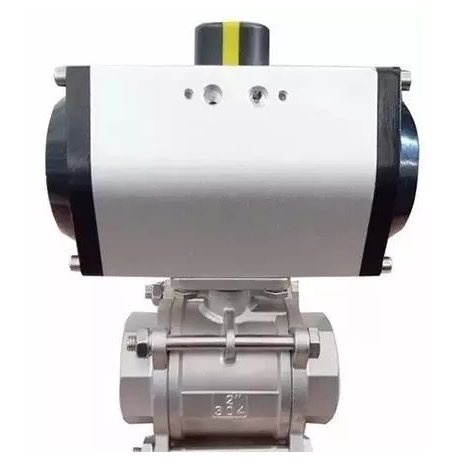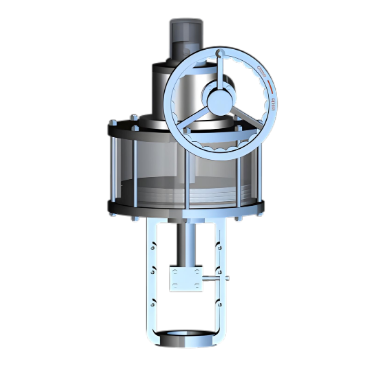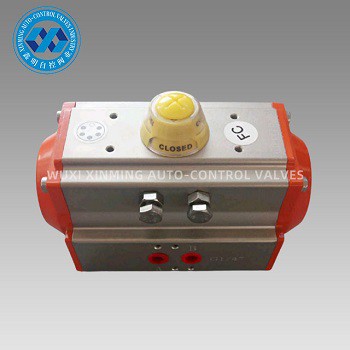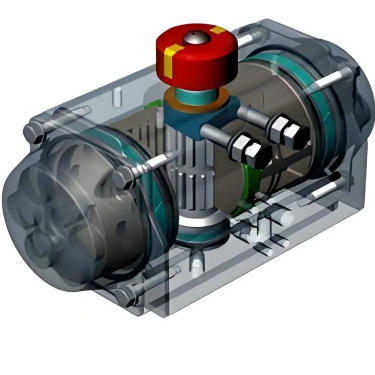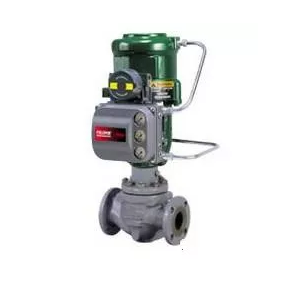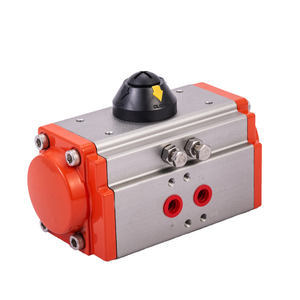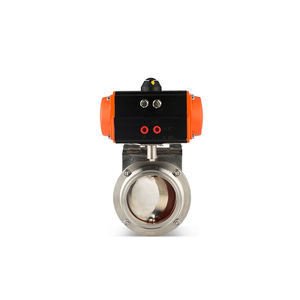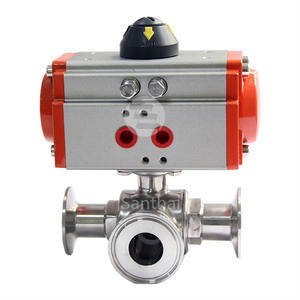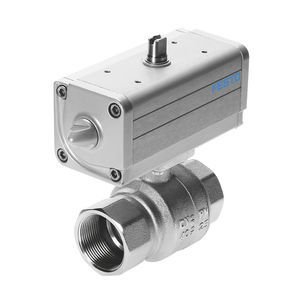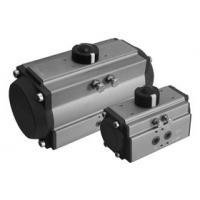Pressure has a profound impact on valve pneumatic actuators, significantly influencing their performance and operation.
When the air pressure supplied to a valve pneumatic actuator increases, the force exerted on the actuator's piston or diaphragm rises proportionally. This leads to a higher torque output, enabling the actuator to open or close valves more quickly and with greater strength. For example, in large - diameter valves used in industrial pipelines, higher pressure ensures that the valves can overcome the resistance caused by the flow of viscous fluids. However, if the pressure exceeds the actuator's rated capacity, it can cause excessive stress on components such as seals, pistons, and cylinders. This may result in premature wear, leakage, or even component failure.
Conversely, insufficient pressure can severely hamper the actuator's performance. It may struggle to move the valve to the desired position, leading to slow response times or incomplete valve operation. In safety - critical applications, such as emergency shut - off valves, low pressure can pose a significant risk, as the valves may not close in a timely manner during an emergency.
Moreover, pressure fluctuations can also affect the accuracy of valve positioning. Unstable pressure can cause the actuator to move erratically, making it difficult to maintain precise flow control. To ensure optimal operation, it is crucial to maintain a stable and appropriate pressure within the specified range of the valve pneumatic actuator, often achieved through the use of pressure regulators and monitoring devices.
If you want to learn more about low-priced products, please visit the following website: www.xm-valveactuator.com


